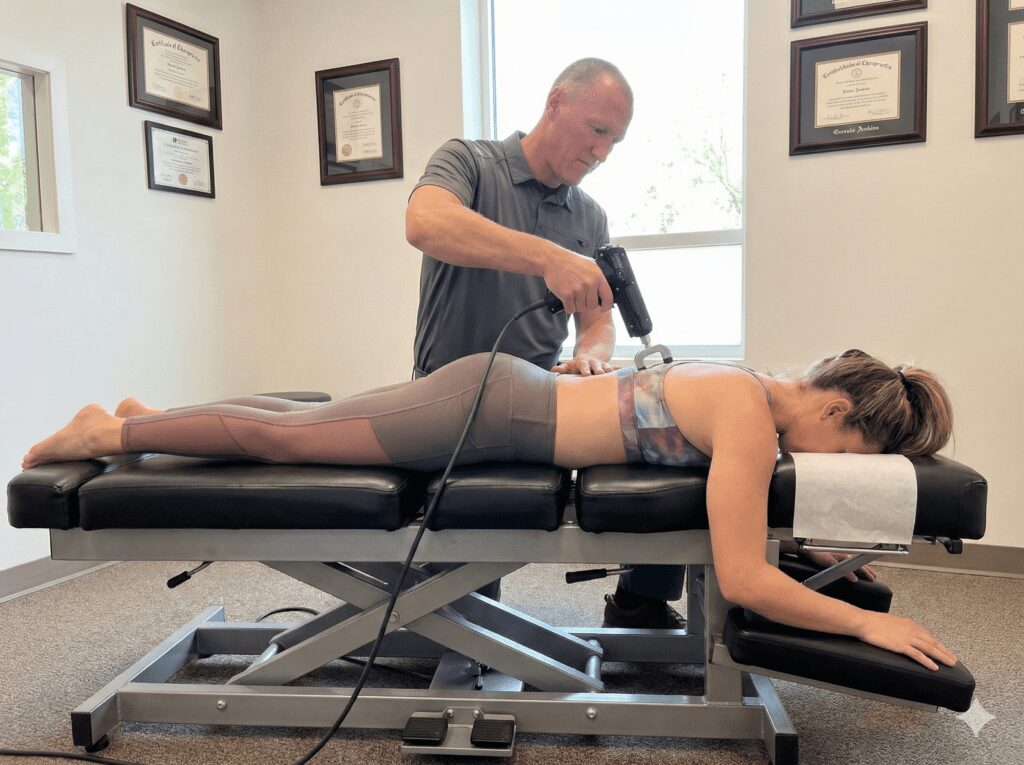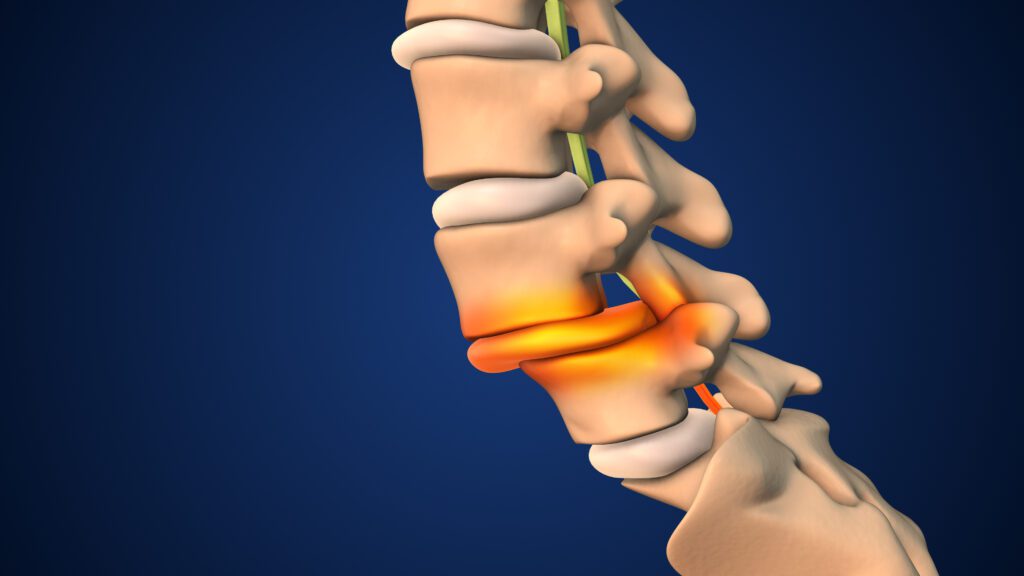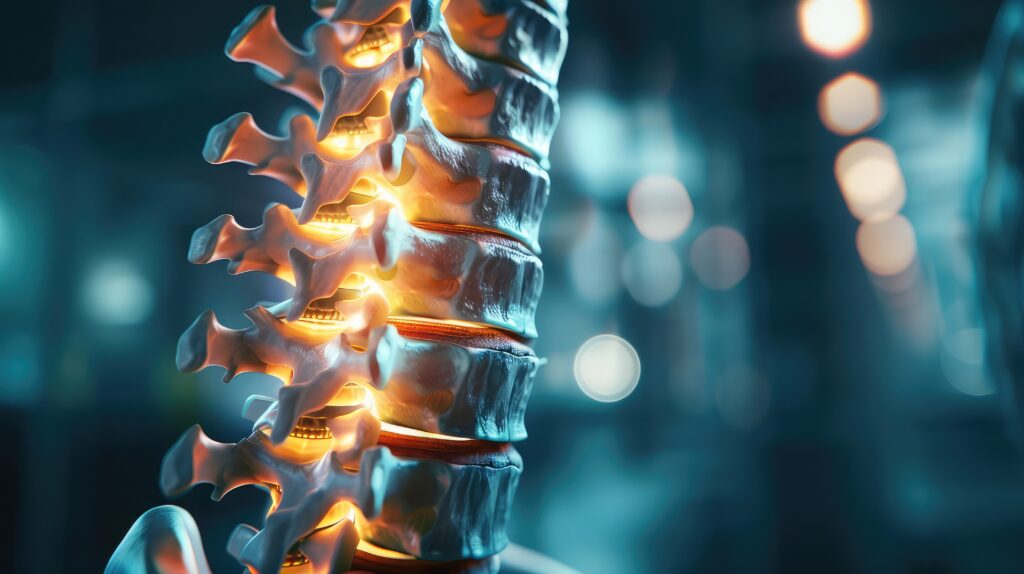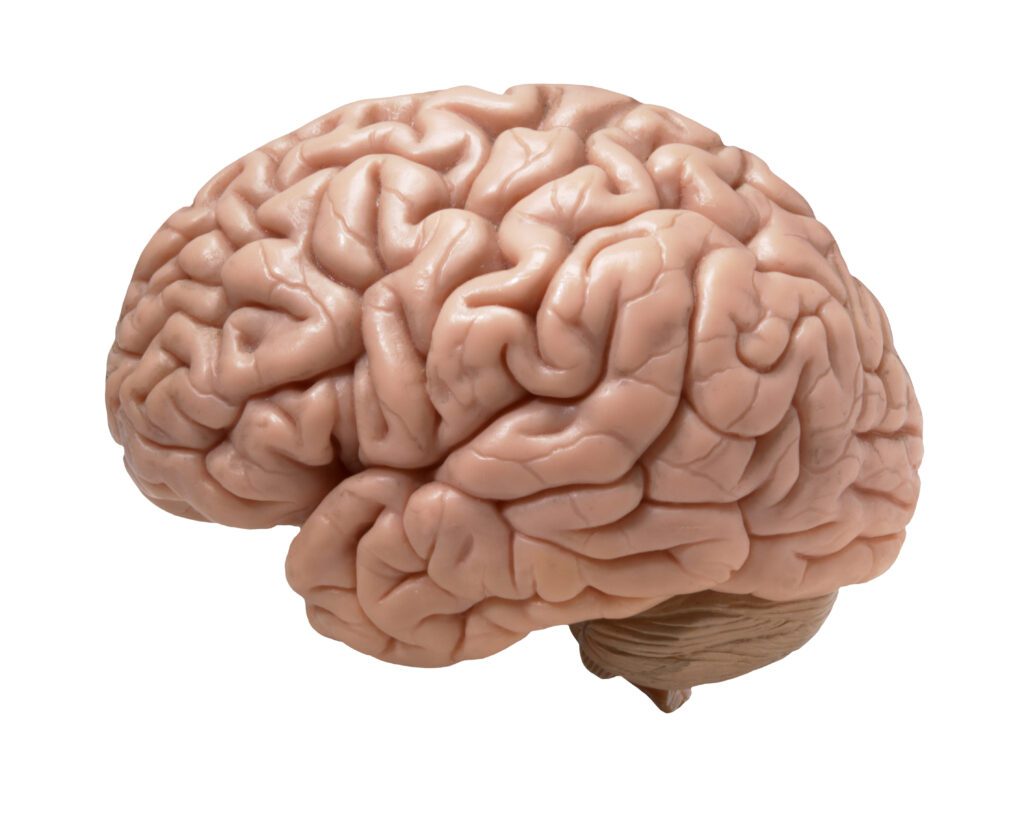When most people think about chiropractic care, they picture relief from back or neck pain. But emerging research reveals something far more profound: chiropractic adjustments can positively influence brain function itself. One particularly powerful study—presented at the International Research and Philosophy Symposium at Sherman College of Chiropractic—has helped shift the conversation from simple pain relief to whole-body neurological health.
In this post, I want to walk you through what this study uncovered, how it fits with other major research (including the work of Dr. Heidi Haavik and the Chiropractic BioPhysics Nonprofit), and what we see every day in our 100+Living Health Centers. We’ll also share a few patient stories to help bring this science to life.
The Study: Chiropractic Adjustments and EEG Brain Activity
Over a three-year period, approximately 100 volunteers were examined with an electroencephalogram (EEG) before and after receiving chiropractic adjustments. EEGs are used to measure brainwave activity and reveal how the brain is functioning in real-time.
The study focused on four primary brainwave frequencies:
- Alpha waves – Reflect a meditative, calm, healing state
- Beta waves – Associated with busy, focused, and active mental states
- Theta waves – Linked to light sleep, creativity, and relaxation
- Delta waves – Connected to deep sleep, recovery, and cellular repair
After receiving adjustments, participants’ EEG scans showed measurable improvements across all four brainwave frequencies. One of the most notable findings was a marked increase in Alpha waves, suggesting a greater degree of relaxation, healing, and neurological balance.
For participants whose brainwaves were already balanced and active, the adjustments didn’t significantly alter their scans—an important detail that supports the safety and specificity of chiropractic care. These individuals weren’t negatively affected; their already healthy patterns simply remained stable.
Why This Matters: The Spine-Brain Connection
The implications of this study are substantial. It supports what many chiropractors have believed for years: that spinal function and brain function are deeply interconnected.
The spine isn’t just a mechanical structure—it’s a neural superhighway, housing and protecting the spinal cord, which sends constant input to the brain. If spinal segments are dysfunctional (what we refer to as “subluxated”), they can send distorted or excessive sensory signals to the brain, disrupting normal function.
By adjusting the spine and restoring proper motion to these joints, chiropractors reduce that “noise,” allowing the brain to process clearer, more efficient input. The result? Improved balance, focus, relaxation, and even emotional regulation.
Supporting Research: Heidi Haavik and Brain-Based Chiropractic
This study is not alone. Dr. Heidi Haavik, a neurophysiologist and chiropractor, has spent the past two decades researching the neurological effects of chiropractic care. Her work further validates what Sherman’s EEG study suggests.
In one of her most cited papers, Haavik demonstrated that chiropractic adjustments can change the way the prefrontal cortex—the part of the brain responsible for executive function, attention, and goal-directed behavior—processes sensory information.
Other Haavik-led studies show:
- Increased cortical drive to limb muscles following cervical adjustments
- Improvements in reaction time and motor control
- Reduced inhibition of central nervous system processing in patients with spinal dysfunction
These findings suggest that chiropractic adjustments restore more than movement—they enhance control, coordination, and cognitive clarity.
CBP Nonprofit: Bridging Structural Correction with Neurological Function
Chiropractic BioPhysics® (CBP®), a technique we use extensively at the 100+Living Health Centers, adds an important layer to this conversation. CBP is the most researched, advanced form of spinal rehabilitation in the chiropractic profession. The CBP Nonprofit, led by Dr. Deed Harrison, has published dozens of peer-reviewed studies showing the clinical value of structural correction.
CBP doesn’t just focus on joint movement. It focuses on restoring the spine’s ideal alignment, using:
- Posture-based diagnostics
- Mirror-image adjustments
- 3D spinal traction
- Neuromuscular re-education
When the spine is structurally restored, not only does the nervous system operate more efficiently, but it’s also better protected from long-term degeneration and overload.
Combining CBP’s structural insights with findings from EEG studies and brain research helps us explain why so many of our patients report improved focus, energy, sleep, and even emotional balance after care.
Real-Life Results: Patient Stories from 100+Living Health Centers
“I Got My Clarity Back.”
Sandra, a 42-year-old working mom, came to us not with pain, but with symptoms that were harder to describe: brain fog, fatigue, and overwhelm. She said she felt like she was always behind, mentally and emotionally.
Her structural exam showed a 45mm forward head posture, reduced cervical curve, and significant thoracic compensation—common patterns in modern adults. Her nervous system was in chronic overload mode, constantly bombarded by abnormal input.
We implemented a CBP corrective plan involving mirror-image adjustments, 3D traction, and specific neuro-structural exercises.
Within 4 weeks, she was sleeping better. At 8 weeks, she told us, “I don’t lose my temper as quickly, and I can actually finish a task without forgetting what I was doing.” By the end of her care plan, she had more clarity and energy than she’d felt in years.
“I Thought I Had ADHD.”
Tom, a 29-year-old graphic designer, came in convinced he had undiagnosed ADHD. He had trouble focusing at work and felt like his brain was “wired but tired.” He also struggled with recurring tension in his upper back and jaw.
Postural scans revealed a severe lateral head shift and a loss of lumbar curve. We ran a brain function test pre- and post-care using HRV (heart rate variability) and sensory response timing. Improvements were measurable—but what mattered most was how Tom felt. “I’m working longer hours without mental fatigue, and I’m not overwhelmed when I get home.”
The Takeaway: Chiropractic Isn’t Just About Pain Relief
Too often, chiropractic care is dismissed as useful only for pain. But study after study—like the one from Sherman College, the work of Dr. Heidi Haavik, and the structural breakthroughs from CBP Nonprofit—paint a different picture.
Chiropractic adjustments can:
- Improve brainwave patterns, especially Alpha frequencies
- Enhance executive function through the prefrontal cortex
- Optimize sensorimotor integration and muscle control
- Restore neurological balance and energy regulation
- Support better sleep, mood, and mental focus
And for many of our clients at 100+Living, that means more than symptom relief—it means living a more focused, resilient, and purpose-filled life.
What You Can Do Next
If you’ve been feeling foggy, stressed, distracted, or like your brain just isn’t firing the way it used to, don’t brush it off as “just stress” or “just getting older.”
Your brain is constantly influenced by the quality of input it receives—and the spine is one of its primary input channels. When that input becomes noisy or distorted, your nervous system pays the price.
We believe longevity isn’t just about living longer. It’s about living better—clearer, calmer, and more connected to your purpose.
That’s why we designed the 100+Living Plan, and why we’re proud to be one of only two Advanced Certified Chiropractic BioPhysics clinics in all of Western Canada. We don’t guess. We measure. We correct. And we restore lives through spine-first neurological care.
Ready to Reboot Your Brain?
We’d love to meet you.
Our doctors offer complimentary phone consultation to see if you might be a good candidate for CBP care. If we do feel your qualify our central clinics are all equipped with hospital grade digital x-ray, 3D digital posture and neuro-function screening equipment, to measure how your spine—and your brain—are communicating.
Because when you improve the spine, you improve the signal.
And when the signal is clear—everything changes.
Dr. Graham Jenkins
Founder, 100+Living Health Centers
Advanced Certified Chiropractic BioPhysics
Helping families live longer, stronger, and better—on purpose.









